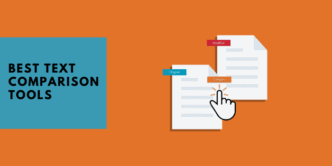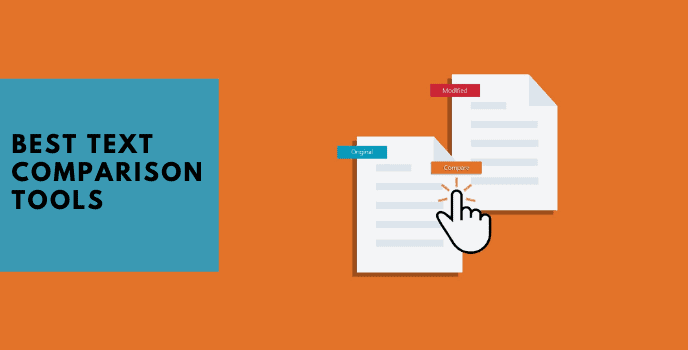The world of lease accounting has undergone a significant transformation with the introduction of the new lease accounting standard, ASC 842. All businesses that adhere to Generally Accepted Accounting Principles (GAAP), including private ones, are subject to this Financial Accounting Standards Board (FASB) standard. As private companies work to comply with ASC 842, they face unique challenges and opportunities. In this blog, we’ll explore the key aspects of ASC 842 and offer insights for private companies as they navigate this new standard.
Understanding ASC 842
ASC 842 was introduced to address the shortcomings of the previous lease accounting standard, ASC 840, which allowed companies to report operating leases off-balance sheet. This led to a lack of transparency and comparability in financial reporting. ASC 842 aims to rectify this by requiring companies to recognize most leases on their balance sheets, thus providing a clearer picture of their financial position.
The new standard classifies leases into two categories: finance leases and operating leases. Both types of leases require lessees to recognize a right-of-use (ROU) asset and a corresponding lease liability on their balance sheets. The primary difference between the two lies in the expense recognition pattern and the impact on the statement of cash flows.
ASC 842 is already effective for public companies, while private companies were initially required to comply for fiscal years beginning after December 15, 2020. However, due to the COVID-19 pandemic, FASB decided to provide an additional year for private companies to adopt ASC 842, making it effective for fiscal years beginning after December 15, 2021.
Challenges for Private Companies
As private companies prepare to adopt ASC 842, they may encounter several challenges:
- Data Collection and Management: One of the biggest hurdles for private companies is gathering and organizing all lease-related data. Companies must identify all leases, including embedded leases within service agreements, and collect the necessary data to calculate the ROU asset and lease liability.
- Lack of Resources: Unlike public companies that may have dedicated teams for lease accounting, private companies often have limited resources. This can make it difficult to allocate sufficient time and personnel to manage the transition to ASC 842.
- Complexity of Lease Agreements: Private companies may have diverse lease portfolios with varying terms and conditions. Understanding and applying the new standard to these complex agreements can be challenging.
- Technology Solutions: Many private companies may not have sophisticated lease accounting software in place, making it difficult to manage lease data and perform the required calculations efficiently.
Tips for a Successful Transition
Despite these challenges, private companies can successfully navigate ASC 842 by taking the following steps:
- Establish a Cross-Functional Team: Form a team comprising members from finance, legal, IT, and operations to ensure a well-rounded understanding of the company’s leasing activities and to facilitate effective communication throughout the implementation process.
- Develop a Project Plan: Create a detailed project plan outlining the necessary tasks, timelines, and resources required for a successful transition to ASC 842. This plan should be continuously monitored and updated as needed.
- Review Existing Lease Agreements: Conduct a thorough review of all lease agreements to identify embedded leases and to gather the necessary data for calculating the ROU asset and lease liability.
- Evaluate Technology Solutions: Consider investing in lease accounting software that can help streamline the data management process, automate calculations, and generate the required financial statement disclosures.
- Educate Stakeholders: Ensure that all relevant stakeholders, including management, employees, and external parties such as lenders and auditors, are well-informed about the new lease accounting standard and its implications for the company’s financial statements.
- Monitor Ongoing Compliance: Establish processes and controls to ensure ongoing compliance with ASC 842, including regular reviews of lease agreements, timely updates to lease data, and accurate financial reporting.
Final Thoughts
The transition to ASC 842 presents both challenges and opportunities for private companies. By understanding the requirements of the new standard, allocating adequate resources, and following best practices, private companies can successfully navigate this change and enhance the transparency and comparability of their financial reporting.













